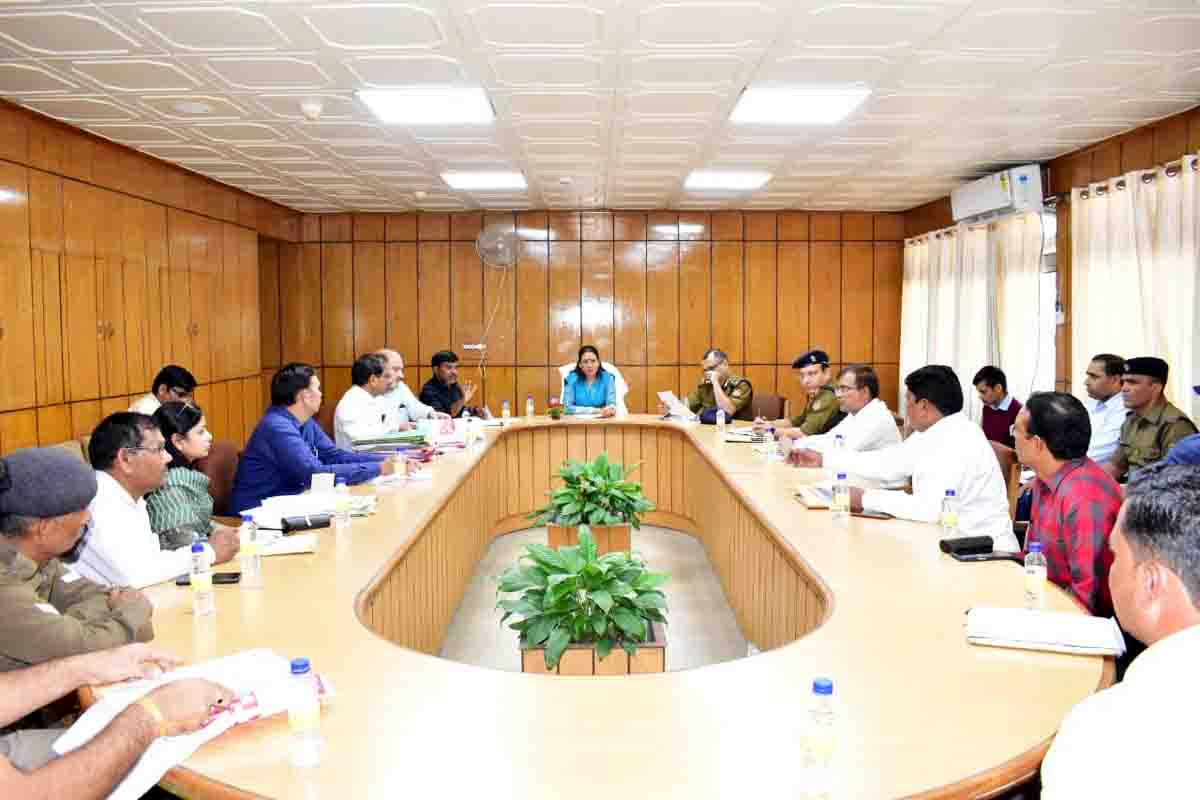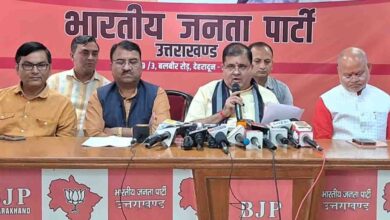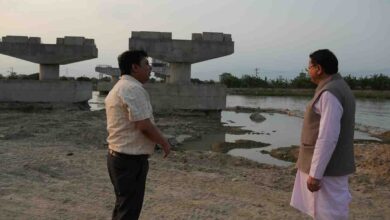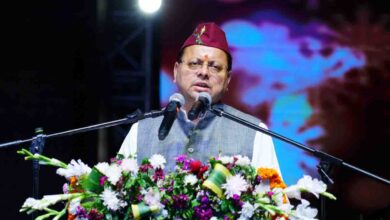PRD and SDRF personnel to get 4 months’ pending allowance : Minister

Tuesday, 01 November 2022 | PNS | DEHRADUN
The Sports and Youth Welfare Minister Rekha Arya said that a proposal to provide maternity leave to women employees of Prantiya Rakshak Dal (PRD) will be brought to the next cabinet meeting. She also said that PRD and SDRF personnel working in Char Dham Yatra will soon get their pending allowance of four months amounting to Rs 14.59 crore. Arya said this during a review meeting of the department on Monday. She said that the department will issue the pending allowance of four months to about 2,000 PRD personnel and 59 SDRF personnel this week. She also directed the officials to work on a proposal that ensures that each department that deploys PRD personnel will have to make a separate budget for their allowance to make sure the deployed personnel get paid on time.
Arya also directed the officials concerned to make proposals for accommodating the PRD personnel in other departments to find new avenues of jobs in future. She also directed to make a proposal to ensure PRD personnel get necessary benefits like a substantial amount of money on retirement, enough maternity leave for pregnant women, and 300 days of employment. She also directed the officials to amend the rules to ensure the dependents of the serving PRD personnel get jobs after his/her death. She also issued instructions to make necessary amendments to the rules to increase the retirement age of PRD personnel from 50 to 60 years. She said that a proposal should be prepared at the Directorate level regarding the minimum education qualification for new PRD recruitment. She said that a proposal should be prepared according to which minimum educational qualification for PRD personnel recruitment must be class X rather than class VIII and the age limit should be 18 to 30 years instead of 18 to 45 years. She also said that the department has also sent a proposal to the State government to increase the age of posting in the service of PRD volunteers from 50 to 60 years.






